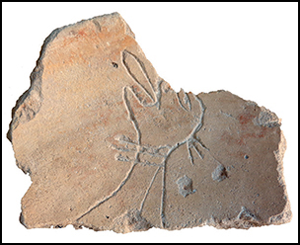Published online by Cambridge University Press: 17 June 2021

For nearly 300 years, the Knights of St John forced a range of captives to labour on their galleys, with slave, convict and debtor oarsmen propelling the Knights’ navy in their crusade against Islam. This article considers how we can investigate these captives and the consequences of their presence in Malta by reconfiguring captivity as a process that extended into wider society. By seeking material traces of captivity at sea on board galleys and on land, the article opens new investigative avenues into early modern captivity in the Mediterranean. In addition, it brings to current debates a rare archaeological example of modern slavery within a European context.